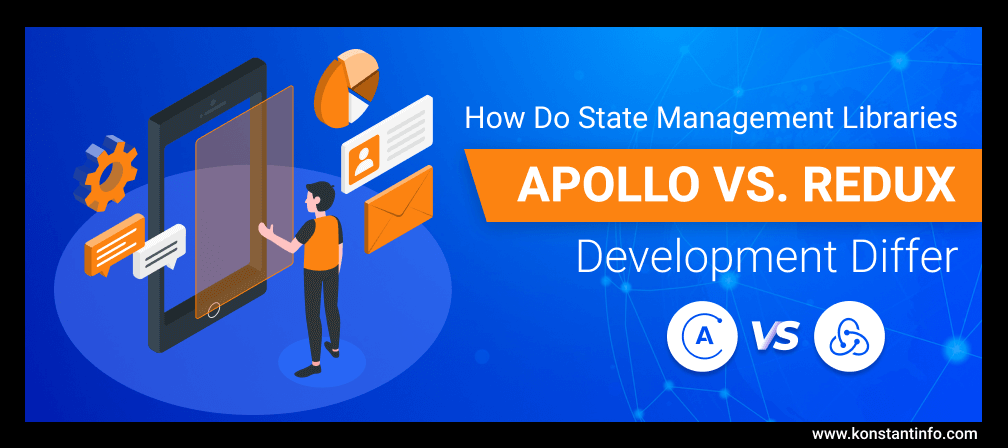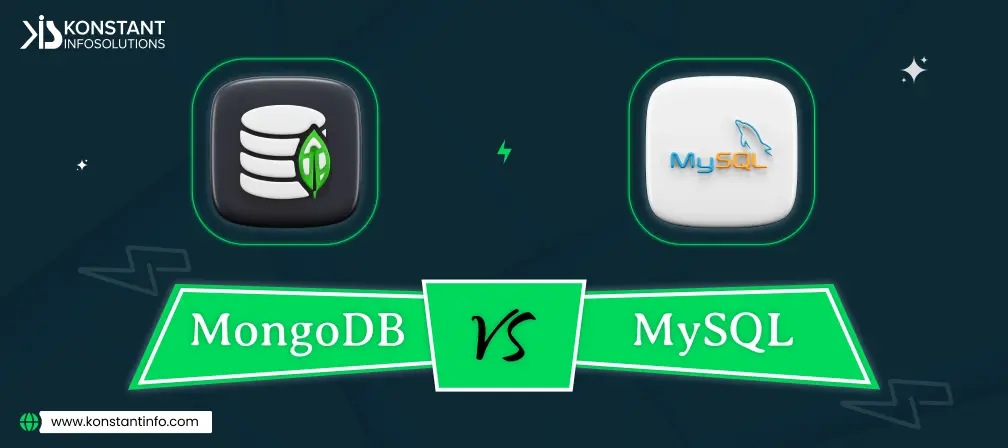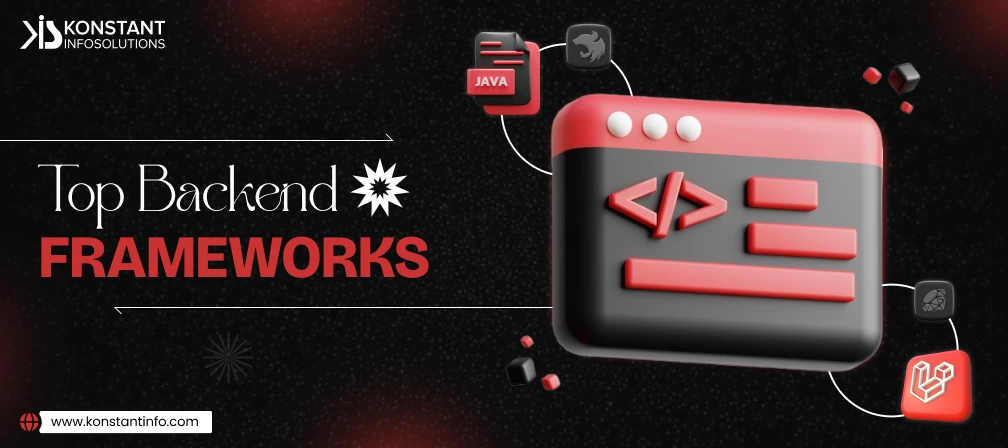
Table of Contents
Starting with Redux, it is a state management library for JavaScript Apps. We can use it with React, Angular, Vue, and Vanilla JavaScript. It does not consider what library we use to build user interfaces.
Redux functional programming can be understood and applied by all those who understand how JavaScript, CSS, and HTML work in the browser. They do not require any prior knowledge of React or functional JavaScript.
It is required to create UI’s that can deftly display changes without page reloads on large–scale, data–driven websites. Redux makes us work with functional programming and the latest ECMAScript features.
It lets you build key functional programming concepts like React components, run in the browser, create application presentation layers with React components, manage data and reduce the time you spend debugging applications, incorporate React Hooks to manage state and fetch data, use a routing solution for single-page application features, and structure React applications with servers.
We often need to synchronize various parts of the user interfaces. Any change in data to one part of the UI must immediately be updated to other parts. Data can also be updated as a result of network requests – when data can travel from one part of the application to another. In such cases, we have to write a lot of code to keep everything in sync and need to track and identify – how did the data change, where did it came from, and you might often get engrossed in an infinite loop.
To get rid of this, you probably need a state management library. Facebook identified this problem in 2014 and came out with ‘Flux’. ‘Redux’ is inspired by Flux. ‘Mobx’ came soon after.
In Redux instead of scattering the application state in various parts of the UI, we store all the application states inside a central repository (A single JavaScript Object called Store). It is a kind of database for FrontEnd. With this architecture, different pieces of UI no longer maintain their state, instead, they get what they need from the store. If we need to update the data, there is a single place that we need to update. So this immediately solves the problem of synchronizing the data across different parts of the UI.
Redux also makes it easy to understand how the data changes within the application. If something goes wrong we get to know how, when, where, why that piece of data changed. Therefore, Redux centralizes the application’s state, makes data flow transparent and predictable.
Let’s take the example of a food delivery application. As we add items to our shopping list, the price gets updated, the total number of items gets updated immediately. We can as well update the quantity of the items from the cart.
The React-Redux hooks enable the React component the ability to communicate to the Redux store by reading the State and dispatching actions.
Redux is popularly used for building user interfaces. It allows React Components to read data from a Redux Store, and dispatch Actions to the Store to update data. It provides a sensible way to manage the state through a unidirectional data flow model. It is a conceptually simple React Router library that directly dispatches actions to modify the router state within Redux actions, once the setup is complete.
Apollo is suitable for managing remote data, and 20% of it was managed in a separate Redux Store, hence there is a need to integrate GraphQL and Redux. Apollo GraphQL no longer requires Redux. Apollo Client automatically catches the data and normalizes new data in query responses and after mutation.
| Apollo | Redux |
|---|---|
|
|
Every Apollo client creates its own internal Redux Store to manage queries and their results. It eases the use of Redux Dev Tools.
GraphQL does not replace Redux or any other state management library. Instead, it helps in reducing the need for it. When we use client libraries like Relay and Apollo to manage the state, they have built-in caching.
Generally, organizations use Redux generously to manage client-side data access. Redux is not very complicated. It sums up to a single object {} that stores all the application’s state and dispatches actions to update that global state object, according to your requirement. Such selectors are utility functions that read, select the data from global state objects.
Apollo is a GraphQL server for Express, Hapi, Connect, Koa, and more. It models its client state using a normalized client-side cache. It lets you build a universal GraphQL API on top of your existing REST APIs, to migrate new application features fast without waiting on backend changes.
Redux is a predictable state container for JavaScript Apps. It helps you write applications that behave consistently, and run in different environments (client, server, native). It is also easy to test. Redux also offers great developer experience – for live code editing combined with a time-travelling debugger.
Redux helps in writing applications that behave consistently, run in various environments (client, server, and native), and are easy to test. They provide a great experience with live code editing, combined with a time-travelling debugger.
Migrating from React-Redux code base to client state management using apollo requires implementing data access patterns, handling side effects, and other aspects of client-side management using GraphQL and Apollo Client. It also requires accomplishing effective data access, filtering and transforming clients as in Redux selectors.
You will require building a universal GraphQL API on top of your existing REST APIs so you can transfer new application features fast without waiting on backend changes.
As we expand our usage of field policies in our applications, we continuously hope that this breakdown empowers you to code confidently, manage client-side effectively, and ease integrations. Follow up with us in case of queries!



Neeti Kotia is a technology journalist who seeks to analyze the advancements and developments in technology that affect our everyday lives. Her articles primarily focus upon the business, social, cultural, and entertainment side of the technology sector.
Or send us an email at: [email protected]